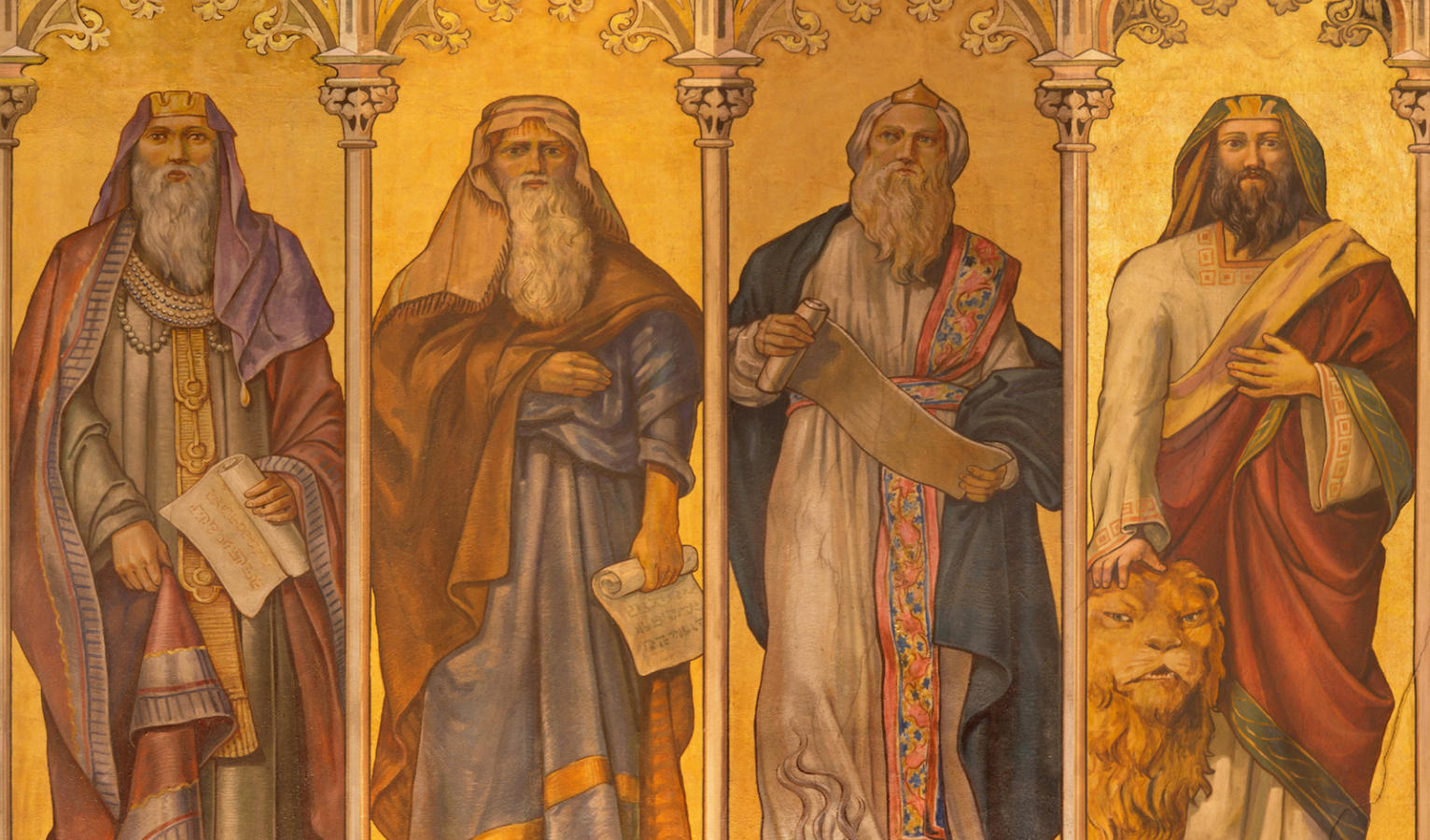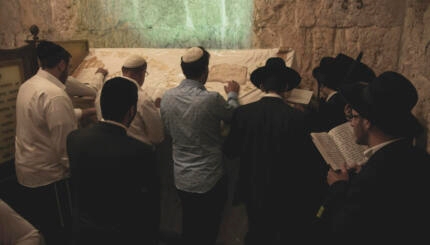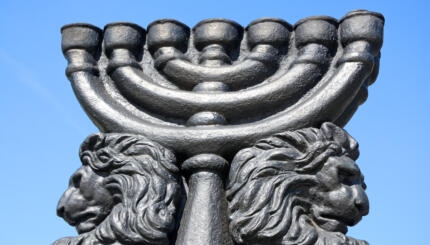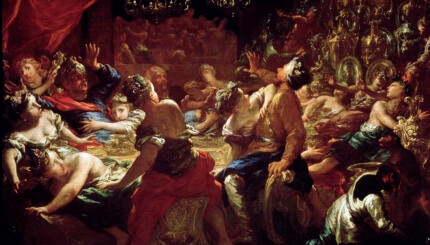Commentary on Parashat Tetzaveh, Exodus 27:20-30:10; Deuteronomy 25:17-19
Ezekiel 43:10-27
Ezekiel, prophesying from exile, shares vivid apocalyptic visions. One of these is a vision of the future Third Temple, and part of this vision is the selection for Parashat Tetzaveh.
At the opening of the Haftarah, God instructs Ezekiel to share with the people of Israel all the details of this future Temple: its layout, exits, entrances, floor plan, and all the relevant laws pertaining to its construction.
Though this is meant to be a comforting prophesy, God indicates that these details should make the people of Israel feel ashamed of their sins. Pairing rebuke with words of comfort is a common motif in the book of Ezekiel. In this context, the rebuke seems intended to motivate positive action–repentance and preparation for the Third Temple’s construction.
The Altar in the Third Temple
The rest of the haftarah focuses on the altar, which Ezekiel describes in detail, from the trench at its feet, to its upper ledge with four horns projecting upwards, to its east-facing ramp.

Help us keep Jewish knowledge accessible to millions of people around the world.
Your donation to My Jewish Learning fuels endless journeys of Jewish discovery. With your help, My Jewish Learning can continue to provide nonstop opportunities for learning, connection and growth.
When this altar is erected, God tells Ezekiel, a complex purifying process will be initiated. On the first day, priests will prepare a bull as a sin offering. On the following day, they will prepare a goat as a sin offering, as well as a bull and a ram. Every day for seven days they will present this combination of goat as sin offering, together with a bull and ram, and this process will consecrate the altar.
After these rites are performed, God promises: “I will extend My favor to you” (43:27).
Connection to Parashat Tetzaveh
Parashat Tetzaveh details the clothing to be worn by the priests who officiate in the Mishkan–the temporary Temple for the Israelites in the desert. The previous parashah, Terumah, was about the construction of the Mishkan itself, and its various pieces: Holy Ark, table, candelabra, and copper altar.
Interestingly, one piece of the Mishkan–the golden altar–is described in Parashat Tetzaveh after all the priestly clothing, and not together with all the other Mishkan accessories in Parashat Terumah, where it would seem to belong. Commentators offer a variety of reasons for this strange placement of the golden altar’s details. The selection of a haftarah portion that focuses on the altar in the Temple seems to pick up on this peculiarity of Parashat Tetzaveh.



